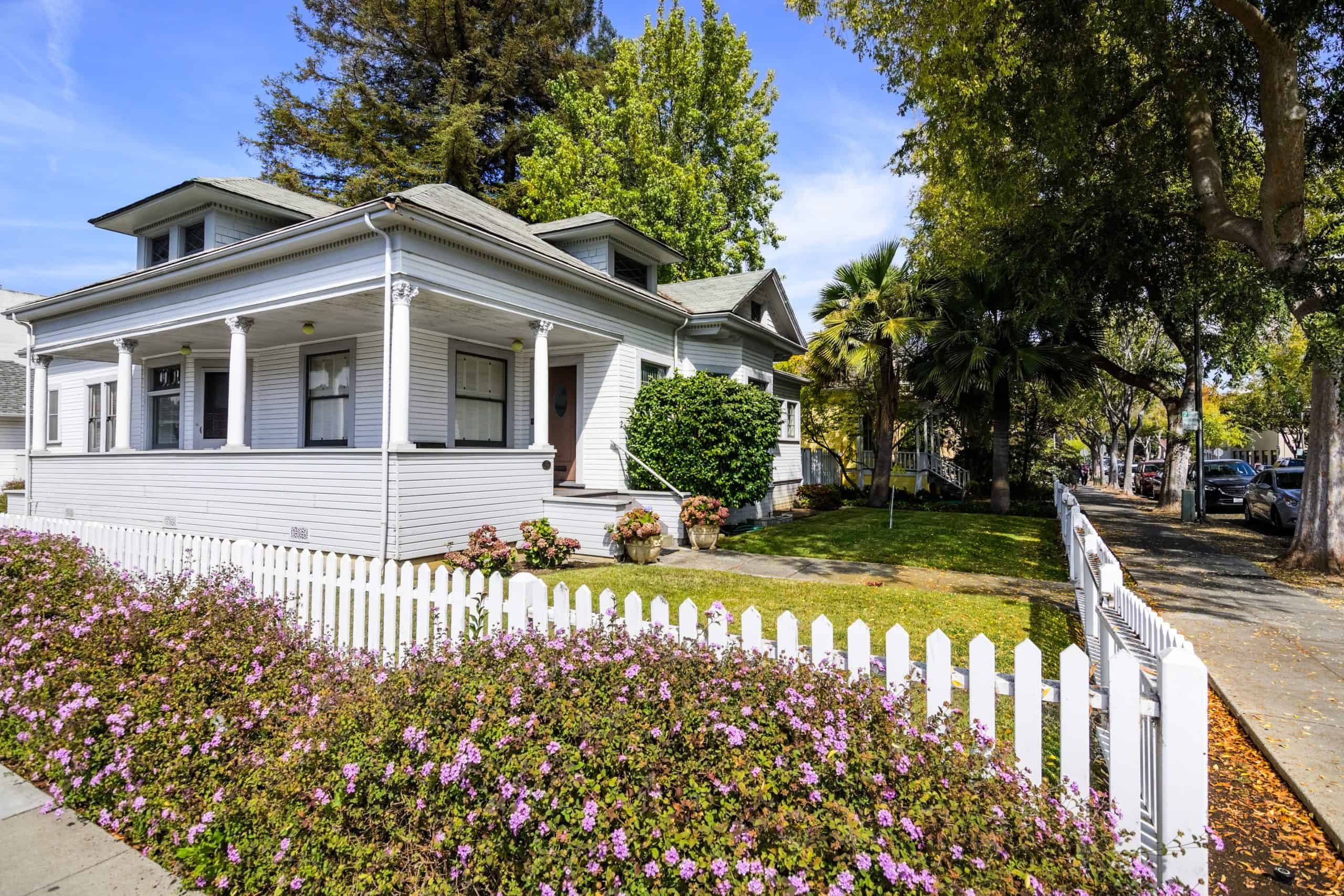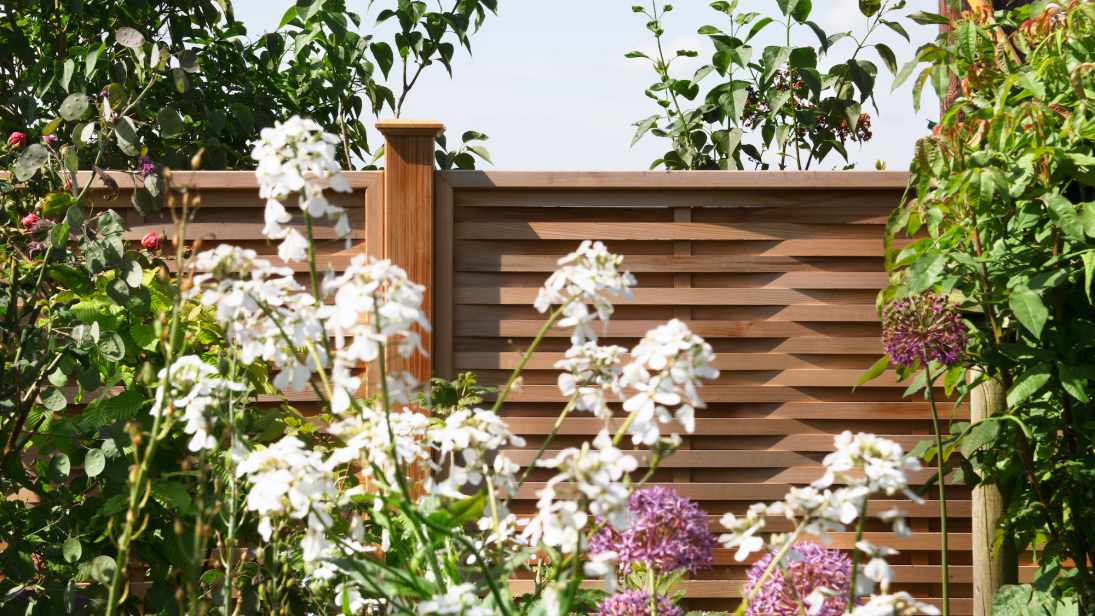All Categories
Featured
A properly picked fencing can act as a powerful deterrent against trespassers and improve the total safety and security of your home or service. Picking the right elevation involves several factors, consisting of local laws, your details protection needs, and the kind of fencing you are thinking about.
![]()
In many cases, home owners may require a license to build a fencing over a certain elevation. To prevent legal concerns or fines, always talk to your regional authorities prior to continuing with setup. In addition, if you stay in a neighborhood controlled by a homeowners' association (HOA), make sure to review their standards, as they may have details regulations regarding fence height and layout.
In more high-risk locations, or if you have beneficial building or are taking care of protection worries, you might wish to take into consideration an even taller fence-- approximately 8 feet or greater. A taller fence is more intimidating to possible intruders and supplies a much better physical barrier. If you desire to go also better, think about including security functions like razor wire, electric secure fencing, or sharp latticework tops, which can make the fence also more difficult to violation.
Wooden Fencings: Wooden fences provide personal privacy, however they can be reasonably simple to climb up. An elevation of 6 to 8 feet is advised for appropriate protection. To increase deterrence, think about including pointed tops or mounting a trellis with climbing plants. Wrought Iron Fencings: Wrought iron fencings are strong and hard to climb up. They're typically used for higher-security functions and can be constructed between 6 to 8 feet tall. The upright bars, specifically when topped with points or spikes, function as an awesome obstacle. Chain-Link Fences: A chain-link fence that's 6 to 8 feet high can offer a functional and affordable option. Adding functions like barbed cable or razor cable on top can enhance safety and security considerably. Vinyl Fences: Vinyl fences can also provide privacy and safety and security, however like wooden fencings, they may need added height and includes to stop climbing up. A solid plastic fence of 6 to 8 feet in elevation can be extremely effective at maintaining unwanted site visitors out. 4. Privacy vs. Safety and security. If your main issue is privacy, a taller, solid fencing (like wood or plastic) may be the very best alternative. Taller fences block the view from the outdoors, guaranteeing that burglars can not quickly examine your home or place valuables. Personal privacy fences of 6 to 8 feet are common for this purpose.
Nonetheless, if protection is even more of a problem than privacy, you could intend to go with a fence product that provides exposure, such as chain-link, while still being high adequate to hinder climbing up. The advantage of this approach is that it enables you to watch on activity outside your building and make it harder for somebody to strategy unnoticed.
![]()
Anti-Climb Functions: Installing anti-climb spikes or trellis extensions at the top of your fence will certainly make it a lot more hard for intruders to scale it. These can be particularly effective on wooden or vinyl fencings. Razor Cable or Barbed Cable: If safety and security is a considerable issue, including razor wire or barbed cord to the top of your fencing is an extremely reliable deterrent. These attributes can be incorporated with a strong wood or chain-link fencing for maximum protection. Electric Fencing: For heightened security, electrical fence can be mounted on top of an existing fence. While these call for unique installment and a professional to make certain security, they can be really reliable in preventing unapproved access to your property. 6. Aesthetic Considerations. While safety and security is the primary goal, it's likewise essential to think of exactly how the fence will look. Some areas or communities may have visual criteria or HOA guidelines, so picking a fencing that enhances your home's design while still offering protection is vital. Choosing a fence that mixes into the setting and fits the architectural style of your home can make certain that your fencing is both practical and aesthetically enticing.
Final thought. When choosing a fencing elevation for optimum safety, objective for an equilibrium between elevation, product, and added safety functions to ideal satisfy your needs. A height of 6 to 8 feet is normally enough for the majority of properties, however if you live in a high-risk area or have certain protection concerns, taller fencings with included features like spikes or electrical systems might be needed. Do not neglect to examine regional regulations and HOA policies to guarantee your fence follows neighborhood guidelines. By considering these factors, you can pick a fence elevation that boosts both the safety and aesthetic value of your residential or commercial property.
- Understand Neighborhood Legislations and Regulations. Before you buy a new fencing, it's important to know the regional zoning legislations and structure codes that might dictate the maximum height for fences in your area. Several districts have limitations on the elevation of fences, specifically for front yards, where fences are frequently limited to 3 to 4 feet. In backyards, nevertheless, you may be permitted to build taller fences, typically ranging from 6 to 8 feet.

In many cases, home owners may require a license to build a fencing over a certain elevation. To prevent legal concerns or fines, always talk to your regional authorities prior to continuing with setup. In addition, if you stay in a neighborhood controlled by a homeowners' association (HOA), make sure to review their standards, as they may have details regulations regarding fence height and layout.
- Take into consideration the Degree of Protection You Required. The elevation of your fence straight correlates with the level of security it offers. A fencing that's as well brief might be simple to climb up over or bypass, making it ineffective in keeping out burglars. For higher safety and security, go for a fence elevation of a minimum of 6 feet, which is commonly adequate to prevent most individuals from conveniently scaling it.
In more high-risk locations, or if you have beneficial building or are taking care of protection worries, you might wish to take into consideration an even taller fence-- approximately 8 feet or greater. A taller fence is more intimidating to possible intruders and supplies a much better physical barrier. If you desire to go also better, think about including security functions like razor wire, electric secure fencing, or sharp latticework tops, which can make the fence also more difficult to violation.
- Pick the Right Fencing Product. Different fencing materials supply varying levels of security, and the elevation of the fence need to be matched with the product's toughness. For instance:
Wooden Fencings: Wooden fences provide personal privacy, however they can be reasonably simple to climb up. An elevation of 6 to 8 feet is advised for appropriate protection. To increase deterrence, think about including pointed tops or mounting a trellis with climbing plants. Wrought Iron Fencings: Wrought iron fencings are strong and hard to climb up. They're typically used for higher-security functions and can be constructed between 6 to 8 feet tall. The upright bars, specifically when topped with points or spikes, function as an awesome obstacle. Chain-Link Fences: A chain-link fence that's 6 to 8 feet high can offer a functional and affordable option. Adding functions like barbed cable or razor cable on top can enhance safety and security considerably. Vinyl Fences: Vinyl fences can also provide privacy and safety and security, however like wooden fencings, they may need added height and includes to stop climbing up. A solid plastic fence of 6 to 8 feet in elevation can be extremely effective at maintaining unwanted site visitors out. 4. Privacy vs. Safety and security. If your main issue is privacy, a taller, solid fencing (like wood or plastic) may be the very best alternative. Taller fences block the view from the outdoors, guaranteeing that burglars can not quickly examine your home or place valuables. Personal privacy fences of 6 to 8 feet are common for this purpose.
Nonetheless, if protection is even more of a problem than privacy, you could intend to go with a fence product that provides exposure, such as chain-link, while still being high adequate to hinder climbing up. The advantage of this approach is that it enables you to watch on activity outside your building and make it harder for somebody to strategy unnoticed.
- Enhancing the Safety with Extra Attributes. The elevation of your fence is just one component of your total protection strategy. Think about including added attributes to enhance its performance:

Anti-Climb Functions: Installing anti-climb spikes or trellis extensions at the top of your fence will certainly make it a lot more hard for intruders to scale it. These can be particularly effective on wooden or vinyl fencings. Razor Cable or Barbed Cable: If safety and security is a considerable issue, including razor wire or barbed cord to the top of your fencing is an extremely reliable deterrent. These attributes can be incorporated with a strong wood or chain-link fencing for maximum protection. Electric Fencing: For heightened security, electrical fence can be mounted on top of an existing fence. While these call for unique installment and a professional to make certain security, they can be really reliable in preventing unapproved access to your property. 6. Aesthetic Considerations. While safety and security is the primary goal, it's likewise essential to think of exactly how the fence will look. Some areas or communities may have visual criteria or HOA guidelines, so picking a fencing that enhances your home's design while still offering protection is vital. Choosing a fence that mixes into the setting and fits the architectural style of your home can make certain that your fencing is both practical and aesthetically enticing.
Final thought. When choosing a fencing elevation for optimum safety, objective for an equilibrium between elevation, product, and added safety functions to ideal satisfy your needs. A height of 6 to 8 feet is normally enough for the majority of properties, however if you live in a high-risk area or have certain protection concerns, taller fencings with included features like spikes or electrical systems might be needed. Do not neglect to examine regional regulations and HOA policies to guarantee your fence follows neighborhood guidelines. By considering these factors, you can pick a fence elevation that boosts both the safety and aesthetic value of your residential or commercial property.
Latest Posts
Find Out Reduce Expenses on Car Maintenance with Montclare Auto Repair’s Limited-Time Deals
Published en
1 min read
Check Out Cost-Effective Auto Repairs with Montclare’s Exclusive Service Specials
Published en
1 min read
Discover Strathmere’s Seaside Haven: Relax, Savor, and Stay at Deauville Inn
Published en
2 min read
More
Latest Posts
Find Out Reduce Expenses on Car Maintenance with Montclare Auto Repair’s Limited-Time Deals
Published May 27, 25
1 min read
Check Out Cost-Effective Auto Repairs with Montclare’s Exclusive Service Specials
Published May 24, 25
1 min read
Discover Strathmere’s Seaside Haven: Relax, Savor, and Stay at Deauville Inn
Published May 21, 25
2 min read